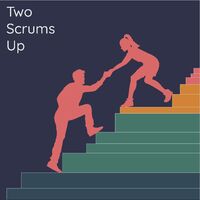Total duration:24 h 31 min
|
|
|
49:48
|
|
|
|
40:40
|
|
|
|
34:58
|
|
|
|
50:02
|
|
|
|
37:44
|
|
|
|
52:14
|
|
|
|
33:03
|
|
|
|
47:58
|
|
|
|
42:07
|
|
|
|
39:39
|
|
|
|
09:51
|
|
|
|
38:30
|
|
|
|
47:20
|
|
|
|
46:19
|
|
|
|
33:48
|
|
|
|
34:29
|
|
|
|
27:09
|
|
|
|
33:11
|
|
|
|
33:45
|
|
|
|
37:33
|
|
|
|
22:18
|
|
|
|
27:56
|
|
|
|
29:45
|
|
|
|
37:46
|
|
|
|
31:00
|
|
|
|
29:59
|
|
|
|
31:49
|
|
|
|
40:04
|
|
|
|
49:54
|
|
|
|
43:57
|
|
|
|
44:18
|
|
|
|
29:37
|
|
|
|
35:07
|
|
|
|
42:21
|
|
|
|
35:40
|
|
|
|
21:50
|
|
|
|
23:03
|
|
|
|
43:11
|
|
|
|
41:41
|
|
|
|
40:15
|

